Dwarf Planet Mystery Solved Thanks To Ice Volcanoes
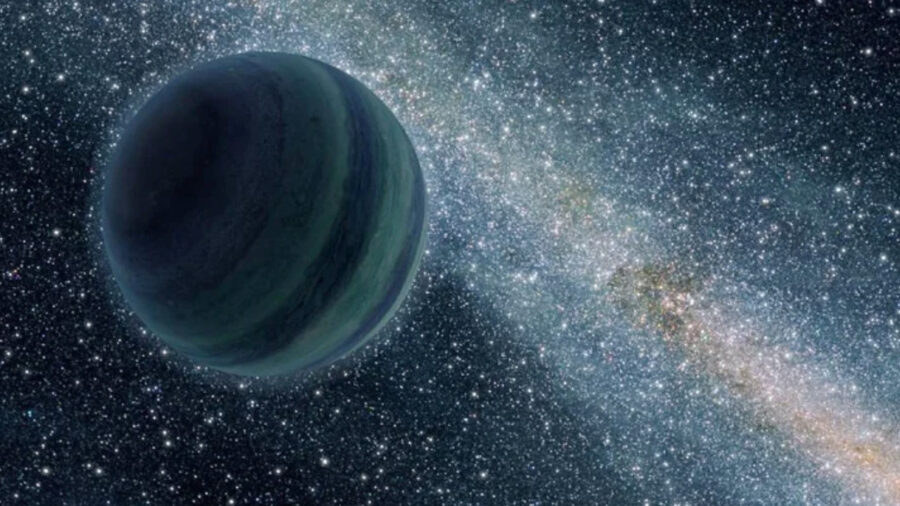
The largest body inside the asteroid belt that lies between the planets Mars and Jupiter has long been the subject of discussion among astronomers. Known as Ceres, the 596-mile wide dwarf planet isn’t exactly an asteroid, having many attributes that set it apart from the other bodies that it orbits the sun with. But data that NASA has released from its Dawn spacecraft that focuses on the concentrations of dawnammonia and its mixing with brin sludge from ice volcanoes seemingly confirms that Ceres originally formed inside the asteroid belt.
The Existence Of Ammonia Threw Scientists Off
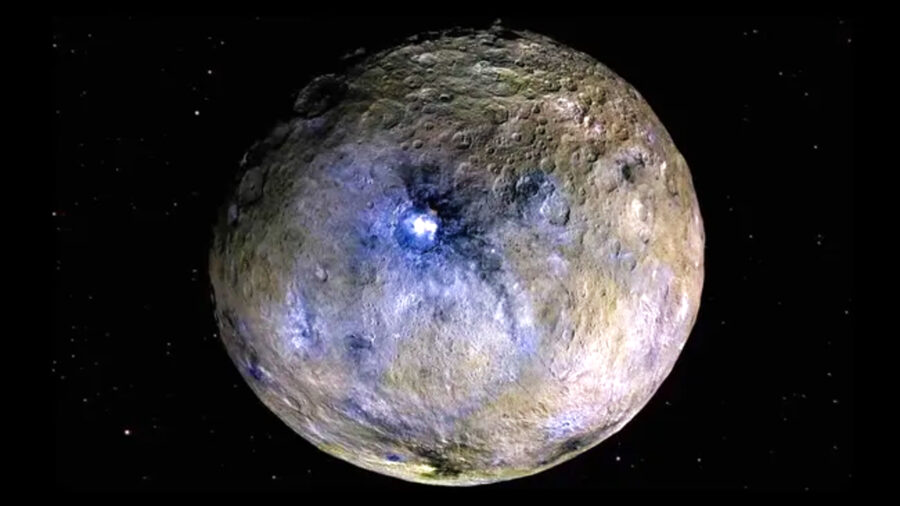
When the Dawn spacecraft was gathering data from Ceres, it revealed that the dwarf planet held large concentrations of ammonia. This discovery was thought to indicate that Ceres would have been created outside the asteroid belt and migrated there over time. The reason for this supposition is based on how ammonia reacts to a close proximity to the sun and radiation.
Ammonia quickly evaporates but is a stable substance when it is far from the reaches of the sun’s light. The frozen levels of ammonia found on Ceres are believed to be from places deep within the dwarf planet’s core, and brought to the surface from the ice volcanoes that cover the sphere.
The Ammonia Originates From Ceres’ Icy Core

Researchers noted that most of the icy sludge that covers the dwarf planet is salt deposits and holds a whitish hue. But data from the Dawn spacecraft taken from the impact craters on Ceres show material that has a yellowish color. It’s believed that this frozen matter is a hydrogen-enriched form of ammonia. The fact that this ammonium coincides with the frozen salty brine that has risen from the Ceres’ core over billions of years is an astonishing find.
Proof Ceres Was Born Inside The Asteroid Belt
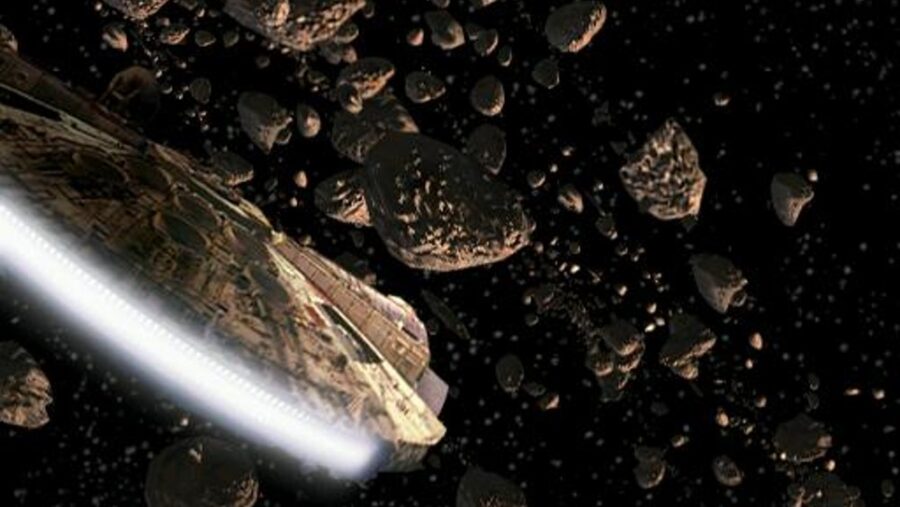
The Lead Investigator of the Dawn spacecraft’s camera team, Andreas Nathues, stated that the ammonium in Ceres’ crust was likely absorbed over billions of years. The delivery of ammonium to the dwarf planet would have been made possible by the numerous asteroids that have collided with its surface over time. This also indicates that Ceres was born inside the asteroid belt, and not a traveler to it from beyond Pluto.
One particular spot on the outside of the dwarf planet’s Consus Crater is dotted with ammonium-rich ice that is believed to be the result of an asteroid striking it an estimated 280 million years ago.
The Sponge Theory
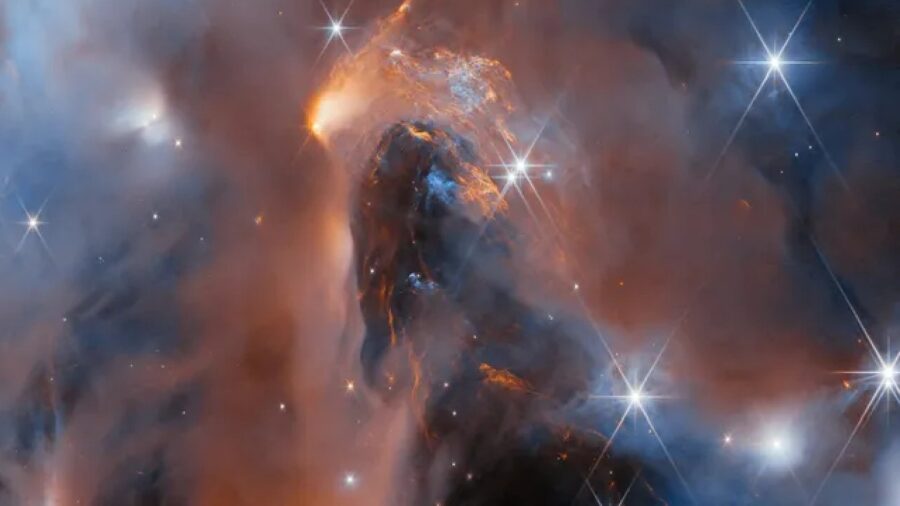
The “sponge theory” of ammonium absorption suggests that there are much larger concentrations of the material deep within the dwarf planet’s core. The deepest parts of the surface craters seem to host the largest of the yellowish material deposits on the surface as Ceres’ crust slowly soaks it up.
NASA’s Dawn Spacecraft
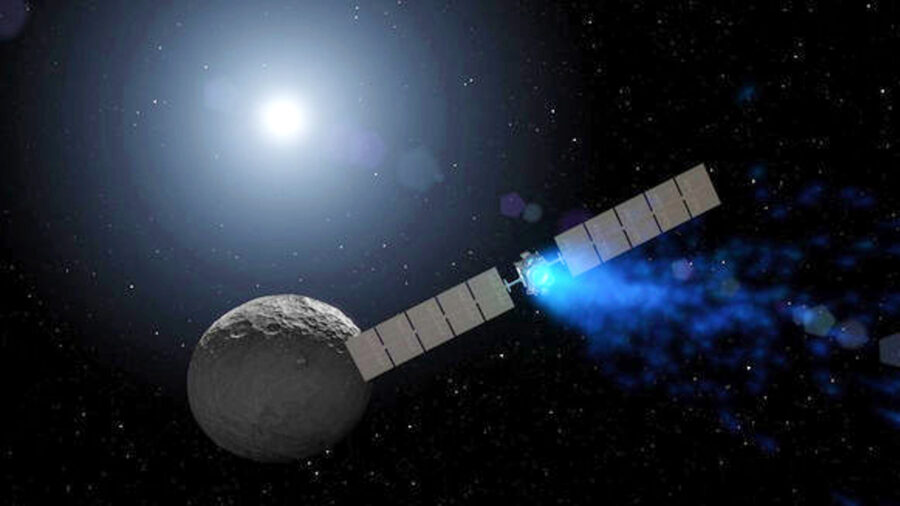
The Dawn spacecraft was launched by NASA in 2007 with the intention of studying two dwarf planets inside of the asteroid belt. Along with Ceres, Dawn did flybys of Vesta where it orbited for 14 months after arriving there on July 16, 2011. Dawn’s orbit of Ceres began on March 6, 2015.
Originally intended to study the dwarf planet for a nine-year period, NASA ended Dawn’s mission in November 2018 after discovering that the spacecraft had used up all of its hydrazine. It is the first spacecraft to orbit a dwarf planet, and is still in a stable orbit around Ceres.
Source: Max-Planck-Gesellschaft












